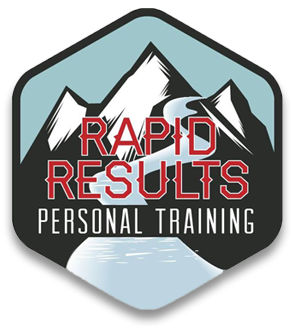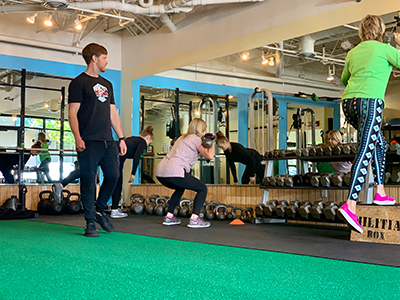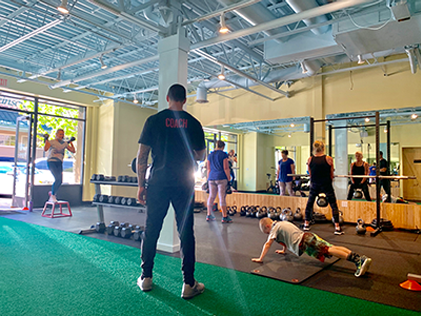The madness has to stop.
I’m here to warn you about 5 fat loss myths that most people fall for. This might come across as a soapbox rant, and for that I apologize, but trust me when I say that this is a message that needs to be spread.
Your fat loss depends on it.
Don’t waste your time on these:
This is a Myth: Diet pills will help you lose fat.
It’s so tempting! The commercials make compelling claims about the power of diet pills, but don’t fall for it. The ‘magic pill’ has yet to be discovered (it has been discovered – exercise. It’s just not in pill form…). Diet pills are more likely to damage your health and burn your pocketbook than to slim you down.
Don’t pop a pill—instead burn calories with exercise.
This is a Myth: You should starve yourself to lose fat.
Attempting to lose weight by starving yourself is not only ineffective, it’s also dangerous. It may seem that severe calorie restriction would deliver the quickest weight loss, but your body is complex and by doing so you’ll disrupt your metabolism and slow your results.
Don’t starve yourself—instead eat healthy small meals throughout the day.
This is a Myth: Lots of crunches will flatten your abs.
We all want our midsection to look toned as we stroll down the beach, but excessive crunches aren’t the answer for tight abs. In order to achieve a lean look you’ll have to focus on burning off the layer of fat that is covering up your abs.
Don’t obsess about crunches—instead focus on fat burning.
This is a Myth: Eat packaged diet foods for speedy results.
It is amazing to see the kinds of foods that are packaged as ‘diet’ or ‘weight loss’ aids. More often than not these products are packed with refined sugar and other artificial ingredients that your body doesn’t need.
Don’t eat packaged diet foods—instead stick with nutritious whole foods.
This is a Myth: You have to avoid carbs to lose fat.
Carbohydrates have been given a bad rap, which is unfortunate because you can (and should) eat carbs while losing weight. The key is to stick with whole grains, oatmeal and brown rice while avoiding processed and refined flours and sugars.
Don’t swear off all carbohydrates—instead stick with wholesome carbs.
Now that you know what not to do in order to look great this summer, it’s time to go over your beach ready game plan.
Here’s what you need to know in 3 simple steps:
DO THIS FIRST: Cut out the junk.
The best way to do this is to start by purging your kitchen. Get rid of sugary, processed and fat-filled foods. Once the junk has been cleared out don’t buy any more of it. Remember that your beach ready abs depend on what you eat – don’t eat junk!
DO THIS SECOND: Focus on whole foods.
Replace the junk food in your life with plenty of the following: cooked and raw vegetables, fresh fruits, whole grains, moderate amounts of seeds and nuts, lean meats and low fat dairy. Clean eating really is that simple.
DO THIS THIRD: Come train with me.
This is the most obvious step. You’re ready to get into great shape and I’m in a unique position to make that happen for you.
Want more guidance as you take your body from flab to fab? I’d love to help you! Give me a call or shoot me an email and let’s get you on track to shed some major fat before summer!
Let’s do this together.


